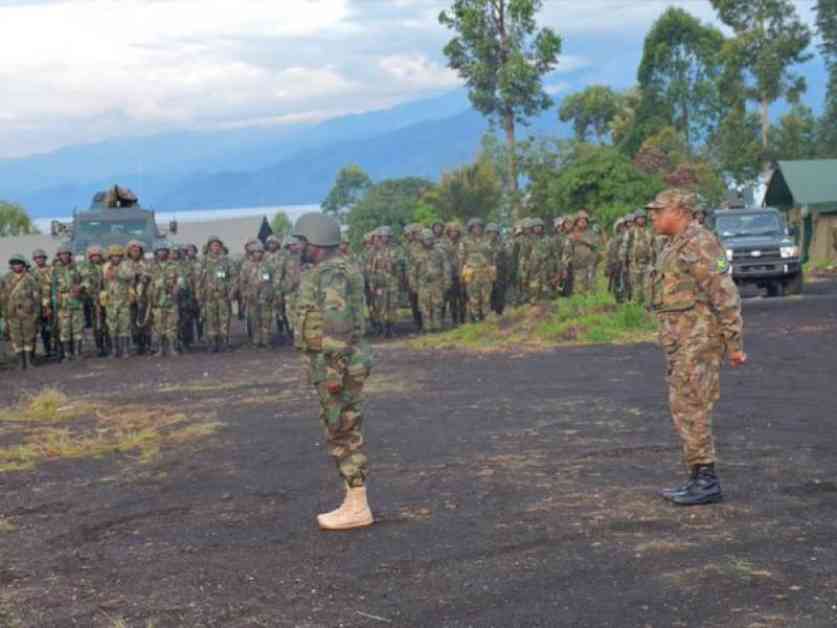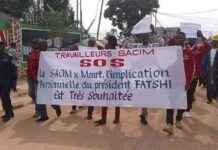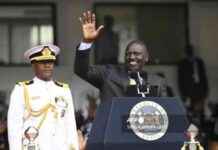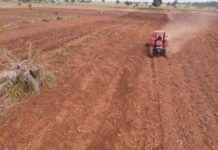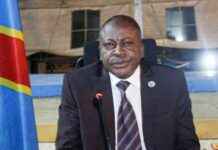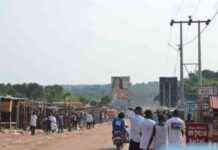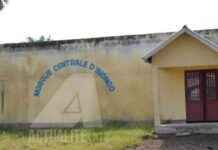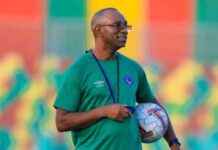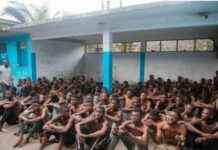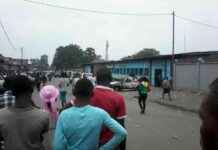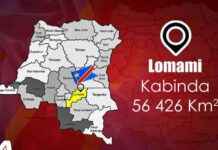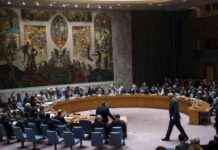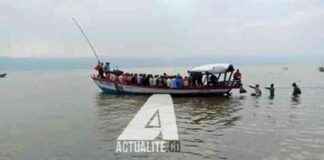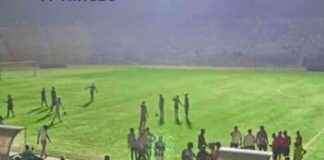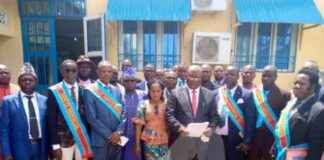The extraordinary summit of the Southern African Development Community (SADC), held via video conference on March 13, 2025, marked the gradual end of the mandate of the SADC Mission in the Democratic Republic of the Congo (SAMIDRC). This decision comes against the backdrop of a significant deterioration in the security situation in the eastern part of the country, where rebels from the AFC/M23, supported by Rwanda, have seized control of Goma and Bukavu and are advancing rapidly. It is evident that the SAMIDRC, deployed to support the Congolese authorities against armed groups, has failed to reverse the balance of power on the ground. Facing logistical constraints and a lack of a clear mandate to intervene against the rebels, the mission’s personnel have struggled against the swift progress of the AFC/M23.
The blockage of key supply routes and the capture of the airports in Goma and Kavumu by the rebels have further weakened the SADC’s intervention, which was already struggling to coordinate its operations with the Congolese forces. In a final communique, the SADC summit expressed “serious concern about the worsening security situation” and acknowledged the mission’s inability to achieve its objectives under the current conditions.
### A Shift in Strategy: From Military Response to Diplomacy
The decision to withdraw SADC troops marks a strategic shift in the region’s approach. The organization now believes that the conflict’s solution cannot be solely military and calls for strengthening the ongoing political and diplomatic processes. The SADC reaffirms its commitment to the merger of the Luanda and Nairobi processes, aimed at facilitating expanded dialogue among all parties involved, including armed groups. This initiative was endorsed at a joint summit with the East African Community (EAC) on February 8 in Dar es Salaam.
The March 13 summit also welcomed UN Security Council Resolution 2773, which urges the DRC and Rwanda to resume diplomatic talks promptly under the mediation of the African Union and regional organizations.
### Towards Coordination with the UN and African Union
Following the gradual withdrawal of SAMIDRC, the SADC aims to enhance its actions through better coordination with the UN, African Union, and other regional organizations. SADC member states are calling for more active involvement of the international community to ensure a sustainable ceasefire and provide humanitarian assistance to affected populations. The SADC plans to play a pivotal role in supporting diplomatic efforts and emphasizes the need for all parties to honor their commitments regarding the withdrawal of foreign forces and demobilization of armed groups.
As the SADC adjusts its strategy, the situation on the ground continues to deteriorate. The AFC/M23 rebels are advancing in the Walikale territory, having seized control of Nyabiondo, Kashebere, and Kibati. Their stated objective is to capture Walikale-center, a strategic location approximately 110 kilometers from their last advance. Local sources report that the Congolese army and its Wazalendo allies are attempting to regroup towards Kibua on the Pinga axis to contain the offensive.
### What Lies Ahead
While the SADC emphasizes the importance of a political solution, the rapid evolution of the conflict and uncertainties surrounding upcoming negotiations may complicate the implementation of this new approach. In the days to come, attention will shift to Luanda, where direct discussions between Kinshasa and the AFC/M23 could begin under Angolan mediation. This initiative is already divisive, with Kinshasa maintaining its refusal to negotiate directly with the rebels until they vacate the areas they occupy.
In this volatile context, the future of the peace process in the DRC will largely depend on the ability of regional and international actors to harmonize their efforts and ensure the effective implementation of commitments made.
